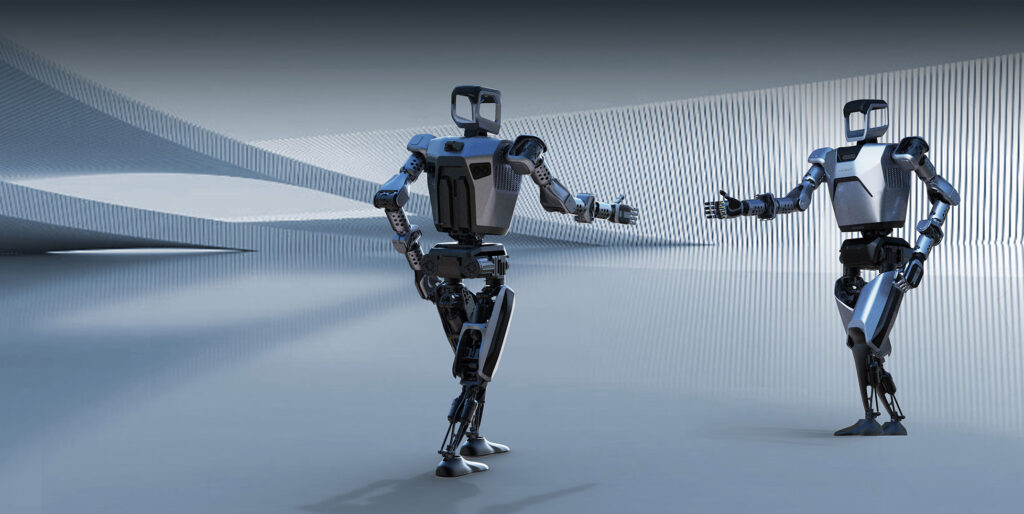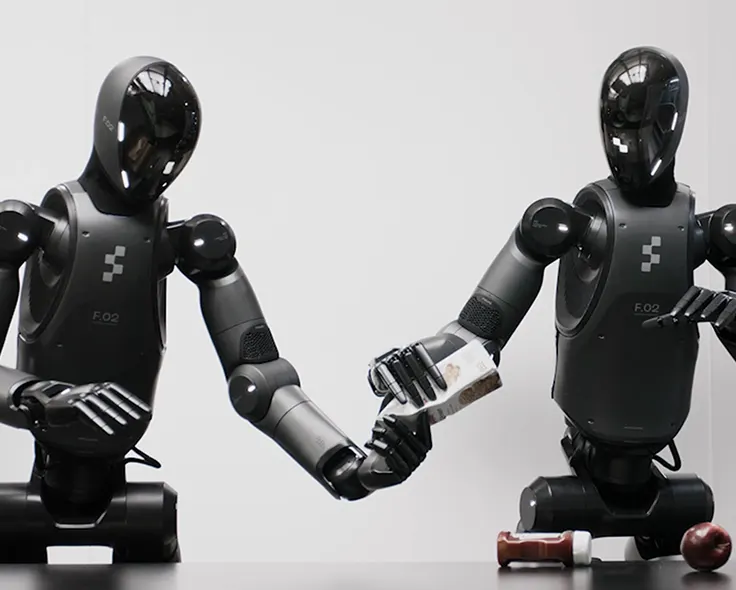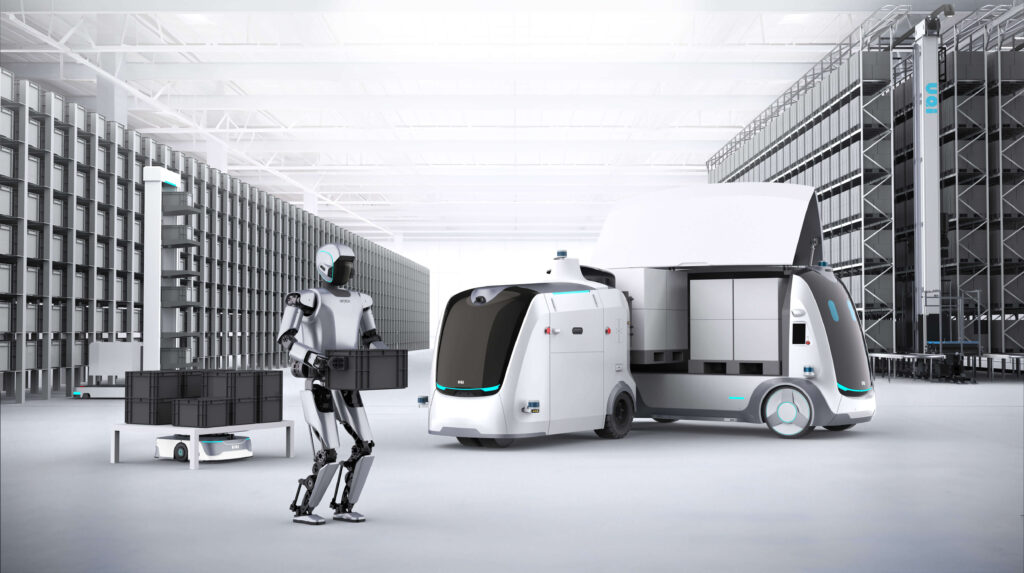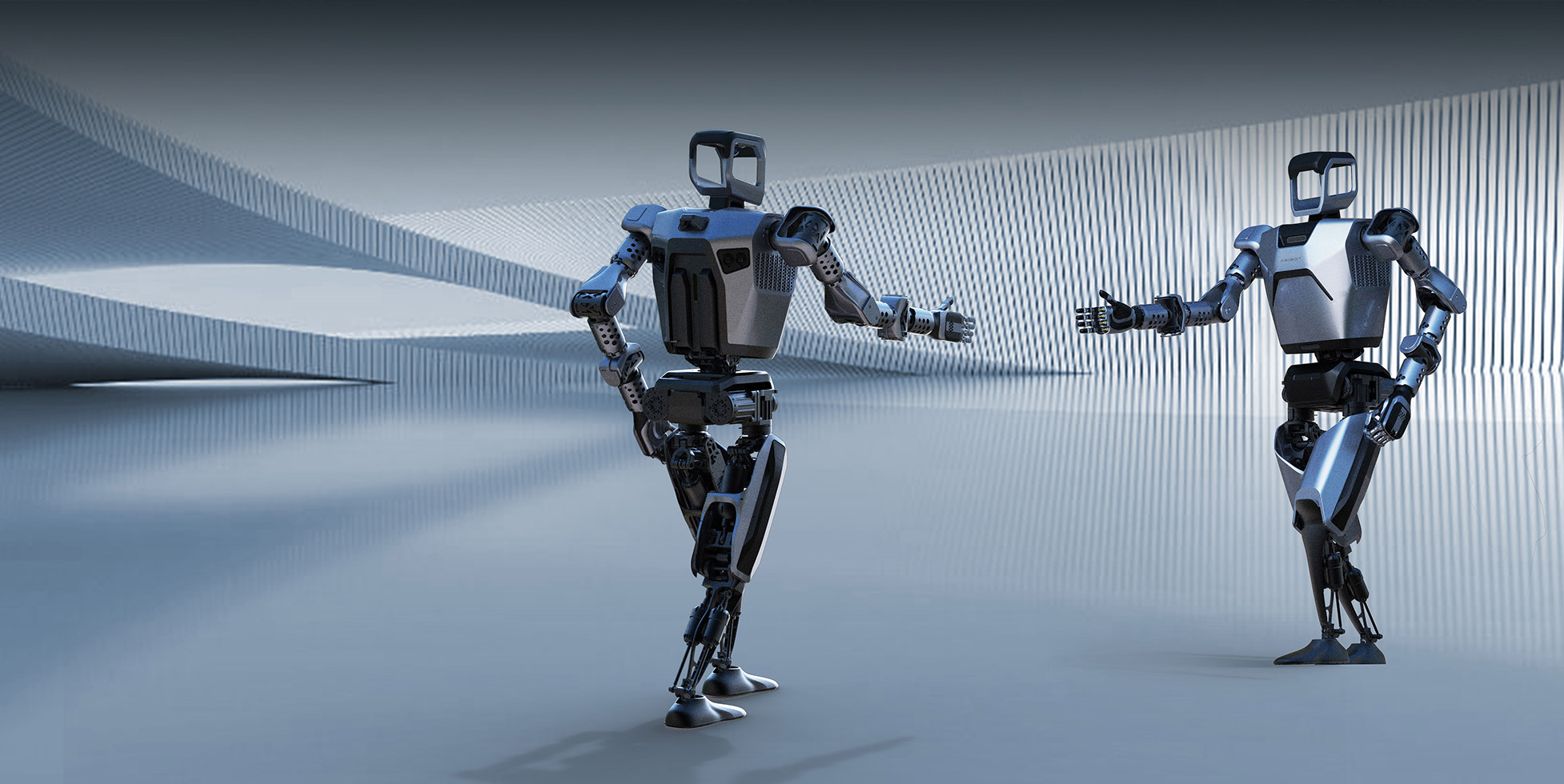
In the high-stakes world of AI and robotics, humanoid robots are no longer confined to science-fiction movies or the pages of futuristic novels. Today, they’re strutting their stuff in factories, assisting in healthcare, and even dancing at Chinese festivals—all while sparking fierce global competition and opening up unprecedented opportunities. Let’s take a lighthearted yet insightful look at the current state of AI humanoid robot development across the globe.
The Global Landscape: From Silicon Valley to Shenyang
The race is on, and it’s as diverse as the cultures competing for the lead. In the United States, companies like Tesla and Boston Dynamics are pushing the envelope. Tesla’s Optimus has been touted as a potential “biggest product ever,” with its sleek design and ambitious promises to handle everything from factory work to home chores (yes, your laundry might soon get folded by a robot with a personality). Boston Dynamics, on the other hand, continues to delight—and occasionally baffle—with its ever-evolving Atlas, a machine that’s as nimble as it is impressive, even if it occasionally trips on its own two feet.
Across the Pacific, China is not just watching the race; it’s sprinting ahead. Startups like Pudu Robotics and Unitree are launching models that can navigate stairs, carry loads, and even perform folk dances during festive galas. With government backing and aggressive production targets, Chinese companies are creating a manufacturing juggernaut for humanoid robots, often at price points that make high-end vacuum cleaners look like bargain-bin items. And then there are firms like Fourier and AgiBot, whose innovations in exoskeletons and dexterous manipulators are setting the stage for a robotics revolution that could soon fill millions of factory jobs.
Meanwhile, Japan—long a pioneer in robotics—continues to perfect its craft. From the early days of the WABOT projects to modern advancements that blend cutting-edge AI with traditionally impeccable Japanese engineering, the country remains a hub for both social and industrial humanoid robots. Even European countries and emerging markets like India are joining the party, each contributing unique insights and innovations to this dynamic field.
Innovation & Investment: A Battle of Wits and Wallets When it comes to innovation, the competition is as fierce as a high-stakes poker game—only instead of chips, companies are betting billions of dollars on the next breakthrough. Silicon Valley’s tech giants, backed by venture capital titans, are racing against well-funded Chinese conglomerates. The U.S. may boast sophisticated AI algorithms and deep learning capabilities, but China’s manufacturing prowess and rapid prototyping are hard to beat. Investment trends reveal a clear winner: those who combine cutting-edge software with robust hardware can unlock enormous potential. Funding rounds for humanoid robot startups have soared, with some companies now valued in the billions. Whether it’s Tesla’s Optimus, Boston Dynamics’ Atlas, or newer entrants like Figure AI’s Helix and Helix VLA-powered robots, investors are keen to back technologies that promise to revolutionize everything from automotive manufacturing to home care. This influx of capital isn’t just fueling rapid prototyping; it’s also driving global partnerships. Major automotive brands, logistics companies, and even healthcare providers are eager to integrate humanoid robots into their operations. In a world where labor shortages are a growing concern and the demand for efficiency is relentless, these machines offer a tantalizing glimpse into a future where robots might perform both your heavy lifting and, perhaps, your heavy cooking.
Opportunities Galore: The New Frontier of Robotics Humanoid robots are poised to transform multiple industries—often in ways that are as practical as they are futuristic. Imagine a scenario where your next car is assembled not by tired human workers but by tireless, precision-engineered robots. In sectors like manufacturing, logistics, and even healthcare, these machines can fill gaps where human labor is scarce, monotonous, or downright dangerous. Key Opportunities: • Industrial Automation: With many countries facing labor shortages, humanoid robots are emerging as a solution for factory floors and warehouses. Their human-like form makes them ideal for navigating environments designed for people, enabling them to perform tasks like quality inspections, heavy lifting, and even assembly with minimal disruption. • Healthcare and Elder Care: As populations age, the demand for care workers skyrockets. Humanoid robots, designed to perform routine tasks such as monitoring patients or assisting with mobility, could alleviate the pressure on healthcare systems. And let’s be honest—if a robot can gently remind you to take your medication while telling a dad joke, it might just win over the skeptics. • Consumer Applications: From personal assistants that fetch your beer from the fridge to robots that could potentially handle household chores (yes, even folding your laundry), the consumer market is ripe with possibilities. The trick will be balancing efficiency with safety and, of course, ensuring the robot’s “personality” doesn’t come off as too Terminator-esque. • Research and Development: The relentless pursuit of more dexterous, adaptable, and intelligent robots is also pushing advances in AI, sensor technology, and materials science. This, in turn, opens up a world of opportunities for academic and industrial research, fostering a virtuous cycle of innovation.

Challenges on the Road to Robotic Utopia
Of course, no good thing comes without its share of challenges—and humanoid robots are no exception. Technical hurdles such as developing reliable dexterity, safe human-robot interaction protocols, and cost-effective production methods still loom large. For instance, while AI can now generate impressive language models and even choreograph a dance routine, getting a robot to handle a delicate task like tying shoelaces or distinguishing between a fragile vase and a sturdy box is a tall order.
Safety remains another major concern. The same humanoid robots that can navigate a factory floor might also send a chill down your spine if they suddenly start mimicking scenes from a dystopian film. Establishing robust safety standards and ensuring that these machines can coexist with humans without posing a risk is essential—not only for public acceptance but also for regulatory compliance.
Then there’s the question of cost. Even as prices for components fall and production scales up, the initial investment for developing and deploying advanced humanoid robots can be steep. Yet, as history has shown, what starts as an expensive novelty often becomes an everyday commodity—think smartphones or personal computers. The challenge for companies is to strike the right balance between innovation and affordability, ensuring that the robots not only impress in demos but also deliver real-world value.

A Humorous Glimpse into the Future
Picture this: It’s the year 2030, and your household robot—let’s call it “RoboBob”—has finally mastered the art of domestic chores. RoboBob not only cleans the floors with the precision of a seasoned ballerina but also cracks a joke or two while making your morning coffee. “Did you hear about the robot that went on a diet? It had too many bytes!” it quips, as it deftly navigates your living room without knocking over a vase. While the idea might sound like the punchline to a futuristic comedy sketch, it underscores a vital point: the opportunities for humanoid robots extend far beyond the factory floor.
The humorous aspect of this transition is not lost on industry insiders, many of whom joke about a future where “you might just have to tip your robot for a job well done.” In truth, the blend of advanced AI and human-like design is opening up new ways for us to interact with machines—making them not just tools but also, in some cases, companions with a quirky sense of humor.
The Bottom Line: Embrace the Robot Revolution
The current global landscape for AI humanoid robots is a vibrant mix of fierce competition, groundbreaking innovation, and vast opportunities. From the high-tech corridors of Silicon Valley to the bustling factories of China and the refined labs of Japan, the race to build the perfect humanoid is heating up. While technical challenges and safety concerns remain, the potential benefits—in terms of efficiency, labor cost savings, and even quality of life improvements—are immense.
For businesses and consumers alike, the key takeaway is simple: the future is arriving faster than you might expect. And as with any revolution, a little humor along the way can help ease the transition. So, whether you’re an industry insider, an investor, or just someone who’s curious about the next big thing (or wondering if your future vacuum cleaner might start telling jokes), one thing is clear—the age of AI humanoid robots is here, and it promises to be as entertaining as it is transformative.

Keywords: AI humanoid robots, global robotics competition, robot innovation, industrial automation, healthcare robotics, Tesla Optimus, Boston Dynamics Atlas, Chinese robotics, humanoid robot opportunities, future of robotics
With innovation on one side and challenges on the other, the global race for humanoid robots is not just a technological battle—it’s a human story, complete with ambition, humor, and a future that looks surprisingly like a well-choreographed dance. Enjoy the ride!
